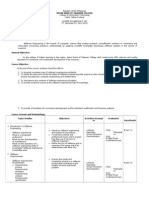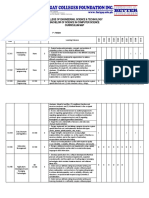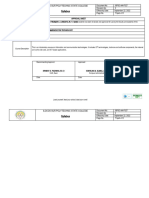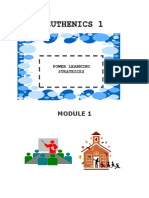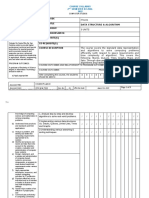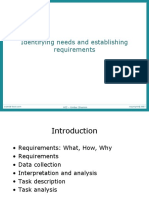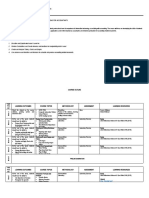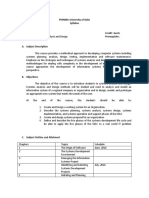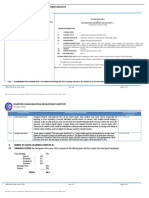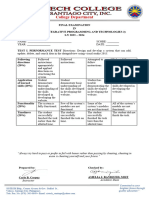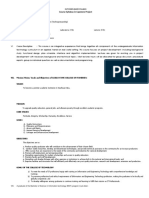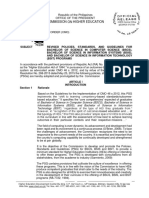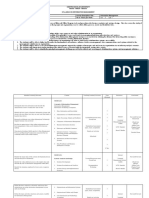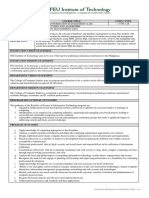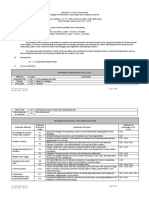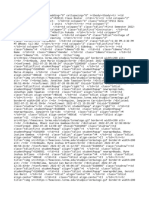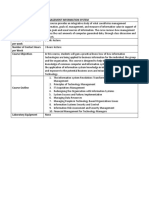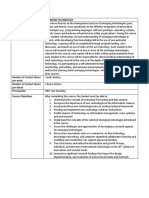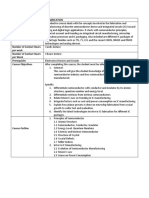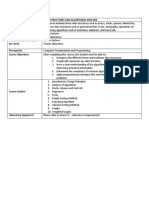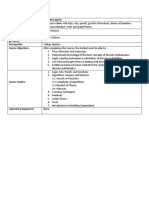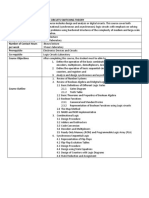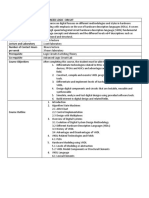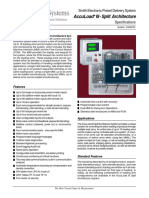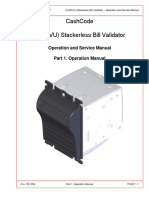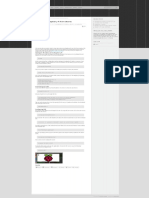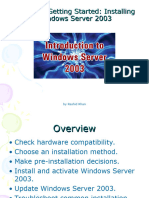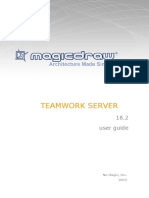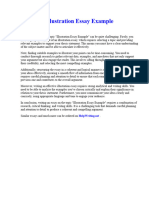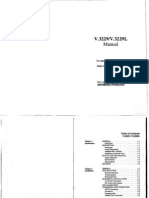0% found this document useful (0 votes)
355 views2 pagesCourse Name System Analysis and Design Course Description
This course covers the phases of systems analysis and design, including requirements handling, architectural design, integration, and verification. Students will learn analysis techniques like interviewing and modeling, as well as design approaches and tools. The course objectives are to perform needs analysis, design solutions, and present the results of systems analysis. It includes 2 lecture hours and 3 lab hours per week, with prerequisites in data structures and object-oriented programming. The course outline covers system definition, business processes, analysis techniques, feasibility studies, design approaches, and project fundamentals.
Uploaded by
Jeff LaycoCopyright
© © All Rights Reserved
We take content rights seriously. If you suspect this is your content, claim it here.
Available Formats
Download as DOCX, PDF, TXT or read online on Scribd
0% found this document useful (0 votes)
355 views2 pagesCourse Name System Analysis and Design Course Description
This course covers the phases of systems analysis and design, including requirements handling, architectural design, integration, and verification. Students will learn analysis techniques like interviewing and modeling, as well as design approaches and tools. The course objectives are to perform needs analysis, design solutions, and present the results of systems analysis. It includes 2 lecture hours and 3 lab hours per week, with prerequisites in data structures and object-oriented programming. The course outline covers system definition, business processes, analysis techniques, feasibility studies, design approaches, and project fundamentals.
Uploaded by
Jeff LaycoCopyright
© © All Rights Reserved
We take content rights seriously. If you suspect this is your content, claim it here.
Available Formats
Download as DOCX, PDF, TXT or read online on Scribd
/ 2
